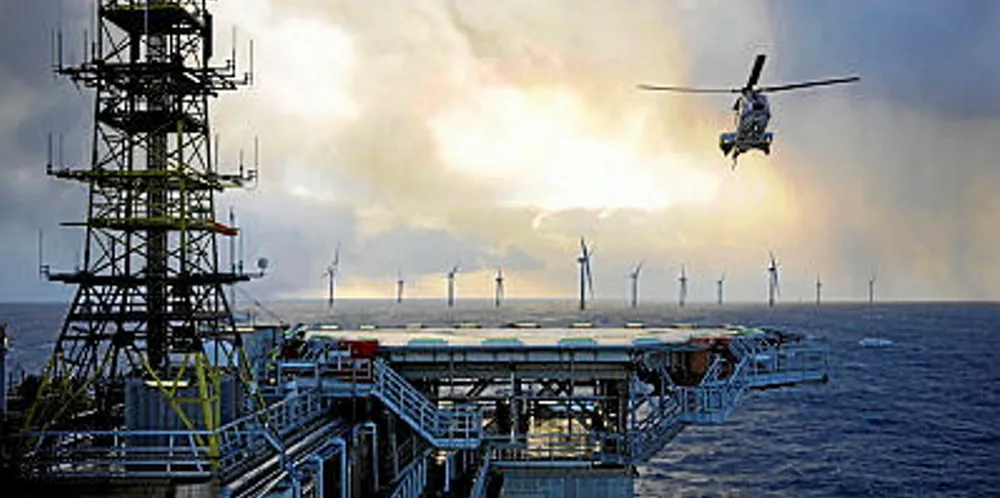Green gigawatts: could turbines supplant drillrigs for the US Gulf's energy transition?
Offshore wind power could turn the oil & gas province from black to green, but market waters remain choppy, writes Darius Snieckus

Offshore wind power could turn the oil & gas province from black to green, but market waters remain choppy, writes Darius Snieckus
